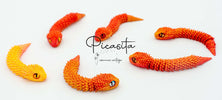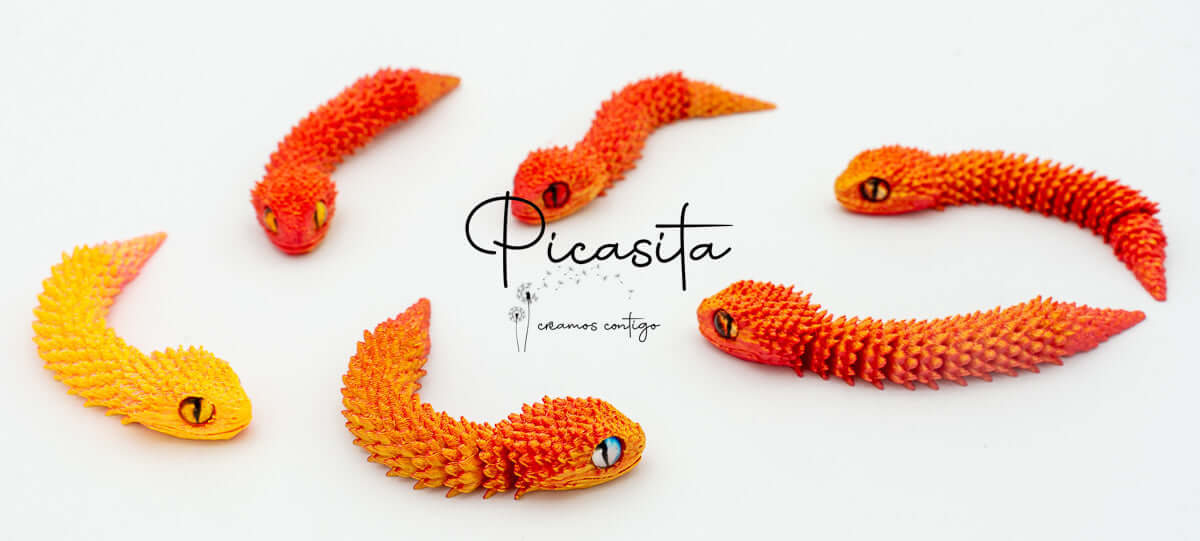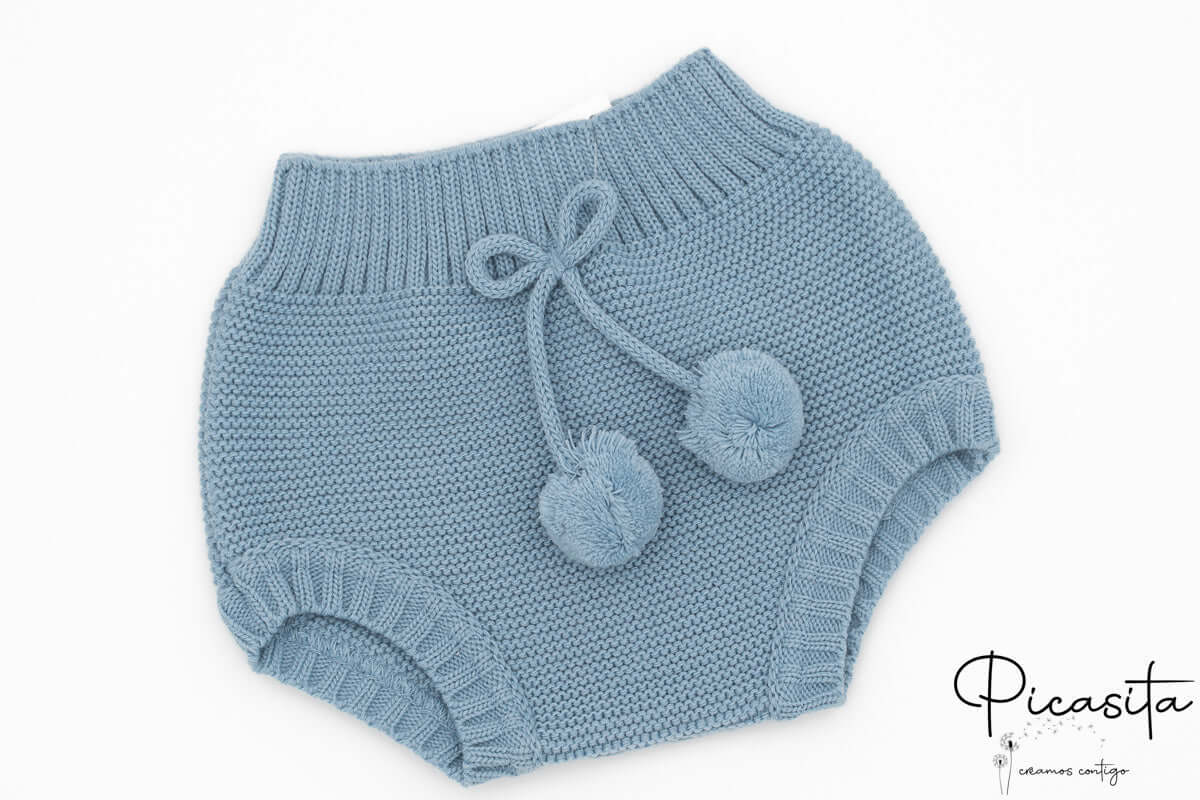
Complete Guide to 3D Printing: The Technology Behind Your Most Original Gifts
, by Picasita Regalos Originales, 6 min reading time


, by Picasita Regalos Originales, 6 min reading time
Discover how 3D printing, a revolutionary modern craft, transforms digital ideas into physical objects, forever changing the way we create, decorate, and make original gifts. This technology combines algorithmic precision with an artistic touch to materialize your imagination.
We live in an era where the line between the digital and physical world is increasingly blurred. What once only existed on a computer screen or in the pages of a fantasy book can now be held in the palm of your hand. This is the magic of 3D printing, a revolutionary technology that is changing the way we create, decorate, and gift. Far from being a science fiction concept, 3D printing is a form of modern craftsmanship that combines algorithmic precision with a touch of artistic soul.
In this comprehensive guide, you will dive into the fascinating universe of 3D printed objects. We will demystify the process, explore the materials that bring these creations to life, and discover why they have become one of the most sought-after options for those who want an original gift full of personality. Get ready to understand the technology behind every layer and texture of our "3D Printed" collection.
To truly appreciate a 3D printed piece, it is helpful to understand how it is born. Unlike traditional manufacturing methods, which are usually "subtractive" (carving or cutting material from a larger block), 3D printing is an additive manufacturing process. This means it builds an object from scratch, layer by layer.
The process starts with a digital 3D model. This file is like an architect’s blueprint. Specialized software "slices" this model into hundreds or thousands of very thin horizontal layers. Then, the 3D printer reads this file and begins to "print" each layer, one on top of the other, using a melted material that solidifies almost instantly. The result is a three-dimensional physical object that is an exact replica of the digital design. For a more technical view of the process, you can consult this Wikipedia article on 3D Printing, which offers an excellent overview of the different existing technologies.
This layer-by-layer methodology is what allows the creation of incredibly complex geometries, intricate details, and moving parts assembled in a single piece, something unthinkable or extremely costly with conventional techniques.

Not all plastics are the same. When we talk about decorative figures and collectible items printed in 3D, the most used and appreciated material is PLA (Polylactic Acid). And there are very good reasons for this. PLA is a bioplastic derived from renewable resources such as corn starch or sugarcane.
This gives it several key advantages for you and the planet:
By choosing a PLA product, you are not only acquiring a beautiful and detailed object but also a piece made with a more responsible material. If you are interested in the science behind this material, the page about Polylactic Acid offers detailed information about its composition and properties.
What makes a 3D printed figure so special? The answer lies in a combination of factors that appeal both to sight and touch.
3D printing excels at creating shapes that would be a challenge for any other method. Think of the individual scales of a dragon, the textures of an ancient egg, or the links of a chain that move freely. These complexities are not glued or assembled; they are born as a single coherent piece. A perfect example of this feat is a fascinating Dragon Egg with its articulated hatchling inside, where precision is key for the mechanism to work perfectly.
A 3D printed object has a characteristic texture. If you run your finger over its surface, you can often feel the very fine layer lines, a subtle reminder of the process of its creation. This texture, far from being a flaw, adds a unique character and a tactile dimension that invites exploration. Articulated figures, like the fluid movement of our articulated 3D snakes, are an excellent example of how 3D printing creates objects that are not only looked at but also felt and manipulated, becoming excellent fidget toys to relieve stress.
In a world of mass production, 3D printed items stand out for their uniqueness. They are often produced in small batches or on demand, which means you are acquiring something not found everywhere. This makes them the perfect base for personalized and original gifts. Giving an articulated dragon figure is not just giving an object; it is delivering a piece of technology, art, and fantasy. It is a guaranteed conversation starter and a sign that you have sought an original gift that is truly thoughtful.
Beyond being collectible pieces, these items have multiple uses:
3D printing has ceased to be a futuristic promise to become a powerful tool for artistic creation. Each figure in our collection is the result of hours of digital design, precise calibration, and the patient layering of hundreds of layers of ecological material. They are more than ornaments; they are tactile, visual, and narrative experiences.
We hope this guide has helped you understand and appreciate the incredible technology and care behind each piece. We invite you to explore our "3D Printed" collection and discover for yourself how imagination and innovation can bring truly magical objects to life. Choose your favorite, whether to decorate your space, to gift something unique, or simply to marvel at the possibilities of modern creation.


